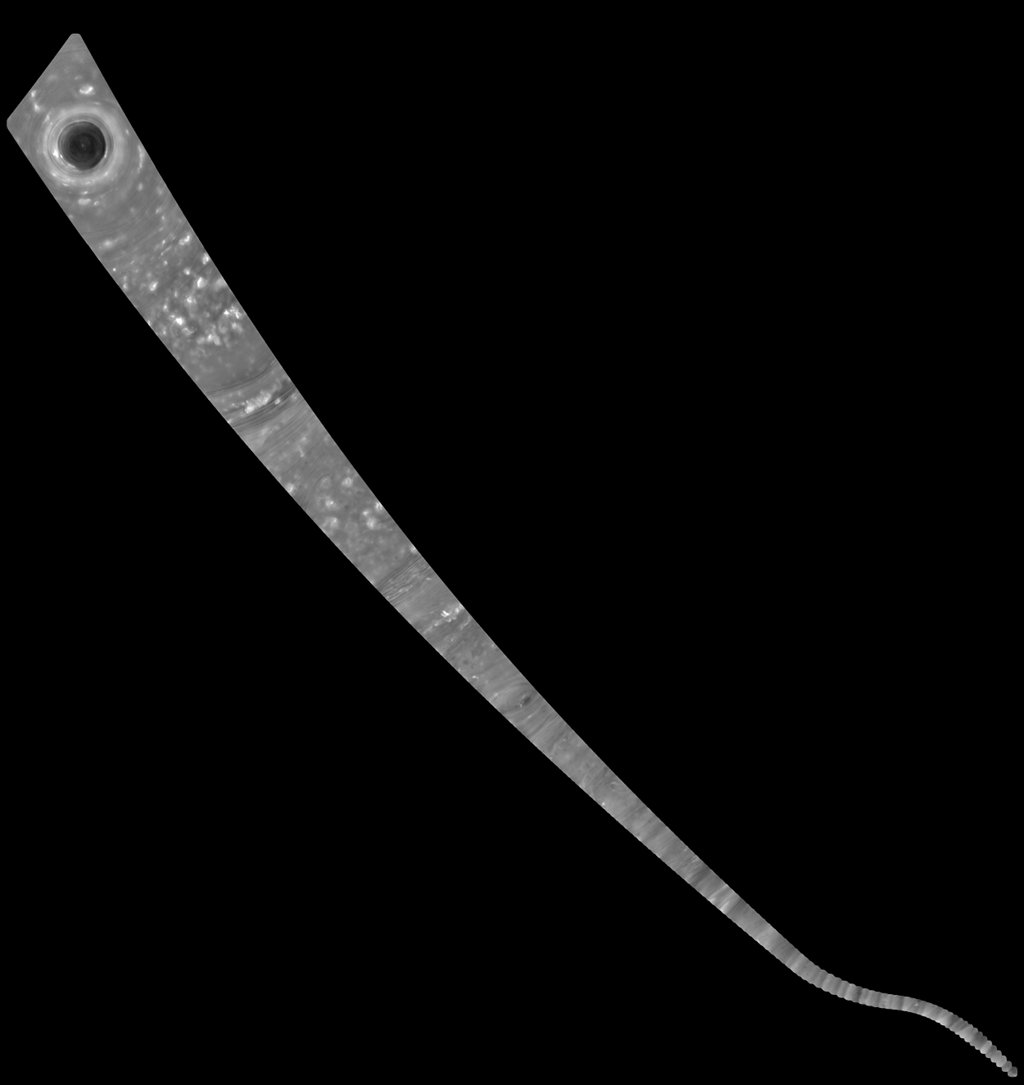Saturn’s frigid moon Titan has a curious atmosphere. In addition to a hazy mixture of nitrogen and hydrocarbons, like methane and ethane, Titan’s atmosphere also contains an array of more complex organic molecules, including vinyl cyanide, which astronomers recently uncovered in archival ALMA data. Under the right conditions, like those found on the surface of Titan, vinyl cyanide may naturally coalesce into microscopic spheres resembling cell membranes.
via Science Daily
Zazzle Space Exploration market place
